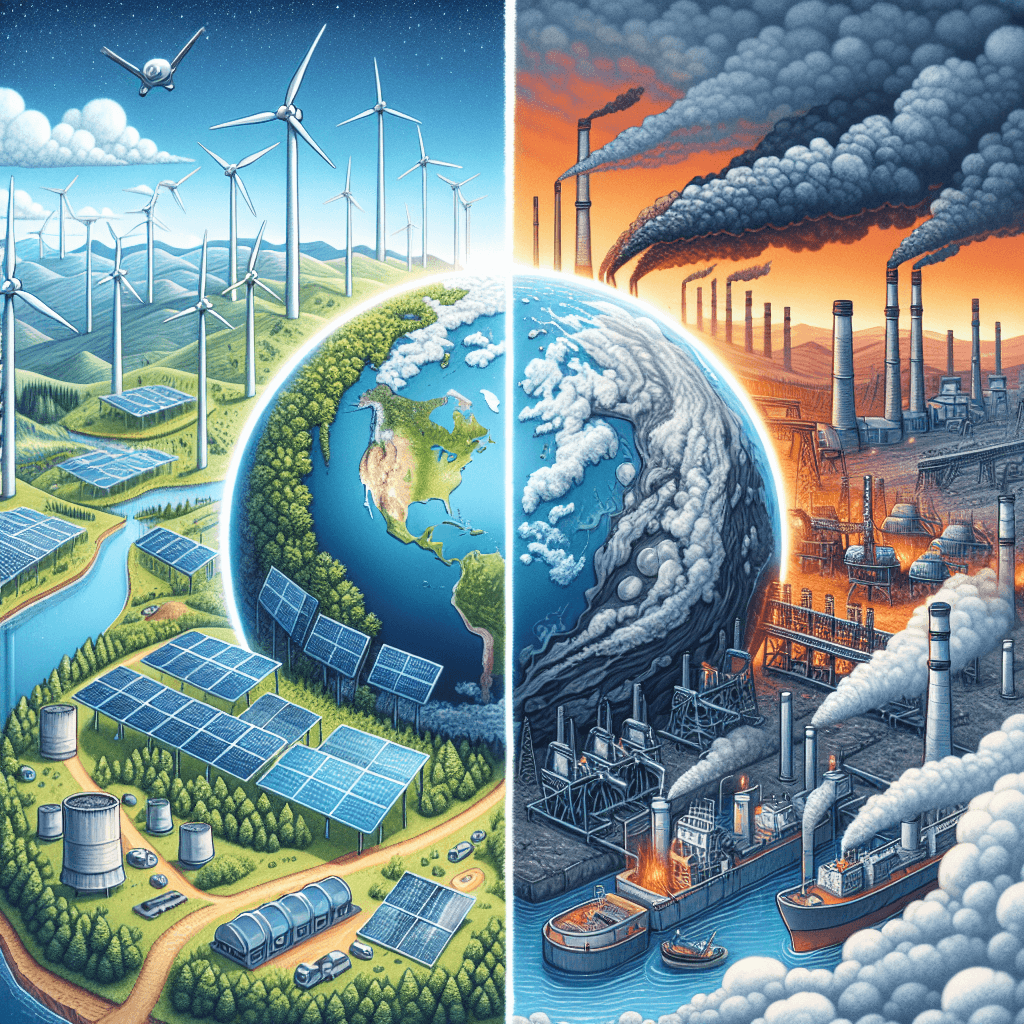Date:
23/11/2023
Listen to this article:
Key Points
New Method for Comparing Carbon Credits: A team of researchers has introduced a method to compare carbon credits from forest projects with more permanent storage solutions.
Addressing Carbon Emissions Longevity: Carbon emissions can last hundreds to thousands of years, whereas forests, susceptible to fires, disease, and deforestation, offer more temporary climate benefits.
A group of researchers has developed a technique to enable more accurate comparisons of carbon credits from forest conservation projects against longer-term solutions like direct air carbon capture. This method addresses the longevity of carbon emissions, which can persist for centuries in the atmosphere, and the comparatively temporary nature of forest-based carbon sequestration.
The research team's method involves 'discounting' the value of forest carbon credits based on conservative estimates of how long a forest will store carbon. This process allows for more realistic assessments of the temporary nature of forest-based carbon storage, acknowledging that these forests might eventually release carbon back into the atmosphere due to factors like fires or deforestation. To ensure long-term protection, the proposed method includes regular assessments of a project's performance, which could recalculate the actual amount of carbon protected and incentivize ongoing forest conservation.
The approach offers a fresh perspective on carbon credits, aiming to balance the immediate benefits of forest protection with the need for enduring climate solutions. However, the challenge lies in equating temporary and permanent carbon storage. As Matthew Brander, a senior lecturer in carbon accounting, notes, offsetting long-lasting emissions with short-lived forest storage remains problematic, suggesting that these types of credits should not be considered equivalent. Brander proposes that forest carbon credits might be sold on separate markets or have an expiration period to account for their temporary nature.
About the author
Evalest's tech news is crafted by cutting-edge Artificial Intelligence (AI), meticulously fine-tuned and overseen by our elite tech team. Our summarized news articles stand out for their objectivity and simplicity, making complex tech developments accessible to everyone. With a commitment to accuracy and innovation, our AI captures the pulse of the tech world, delivering insights and updates daily. The expertise and dedication of the Evalest team ensure that the content is genuine, relevant, and forward-thinking.
Related news

2023: The Year of Record-Breaking Global Warming
2023 has emerged as the hottest year on record, with significant global warming and environmental impacts, urging immediate climate action.

Understanding Energy: Renewable vs Non-Renewable Sources
Explore the critical differences between renewable and non-renewable energy resources and learn about their impacts on our planet.

World's Largest Iceberg Breaks Free and Drifts Toward Southern Ocean
The world's largest iceberg, A23a, has broken free and is drifting rapidly towards the Southern Ocean, posing potential threats to wildlife and shipping routes.